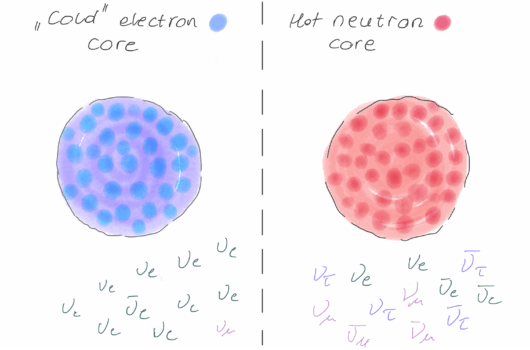Consistent inference of neutron star bulk and crust properties and nuclear observables
Consistent inference of neutron star bulk and crust properties and nuclear observables
Please contact erule@berkeley.edu for zoom links.
We have entered the era of multi-messenger nuclear astrophysics, bringing a host of astrophysical observations and nuclear experimental data to collectively measure the properties of neutron star matter and the nuclear force in neutron-rich systems. In order to combine disparate data sets with meaningful uncertainty quantification, over the past decade statistical inference techniques employing ensembles of models of each observable have been increasingly employed. In order to minimize systematic model uncertainty, where possible the same underlying model should be used to construct neutron star and nuclear models. We present an example of such an approach, using an Energy-Density Functional to model bulk properties of neutron stars such as the maximum mass, radii, tidal deformabilities and moments of inertia, crust properties of neutron stars, and nuclear properties including nuclear masses, neutron skins and dipole polarizabilities. In particular, we argue that crust observables can help constrain both core properties and nuclear observables when consistent ensembles of crust models are used.




